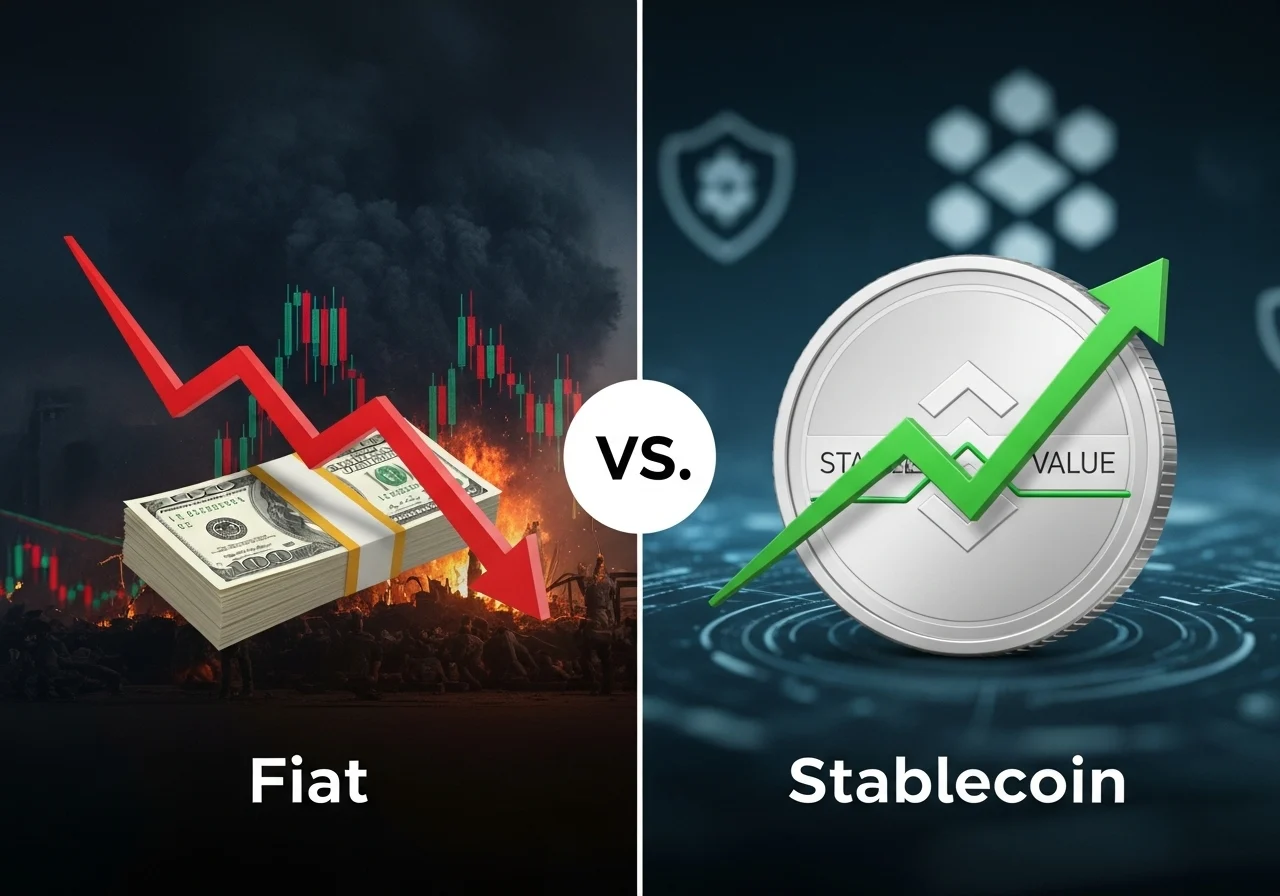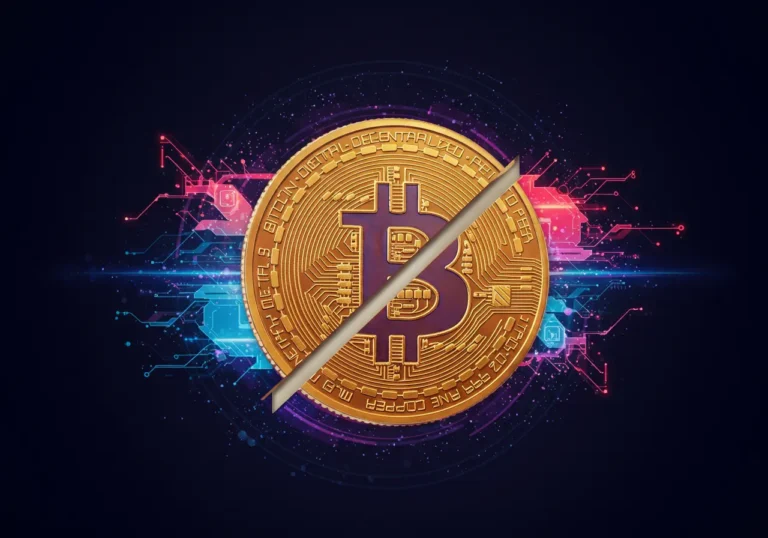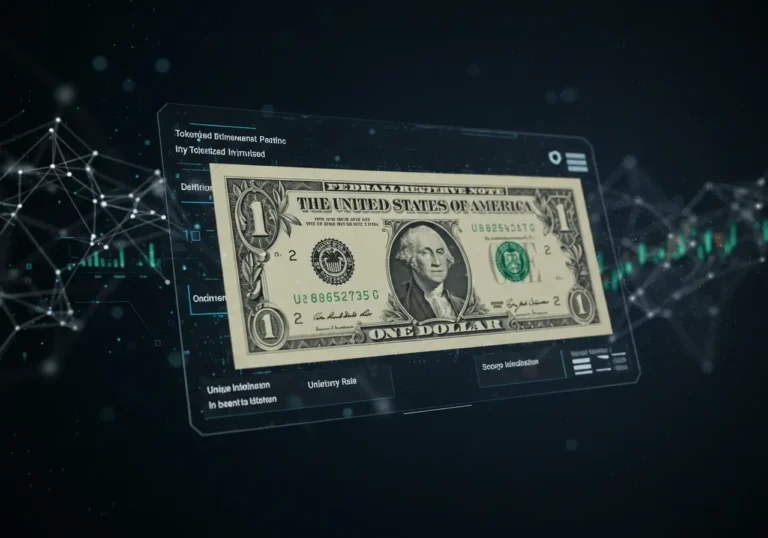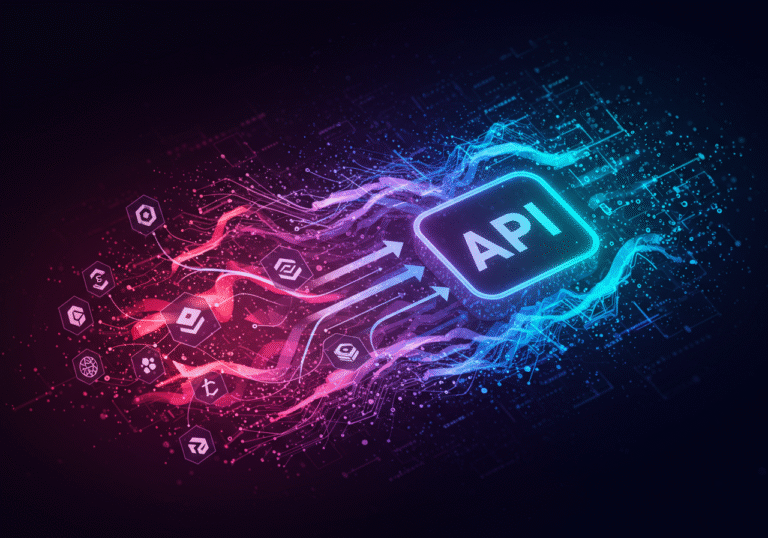Is the Death of Fiat Real? What Global Stablecoins Mean for Money and Everyday Life
Table of Contents
I want you to imagine something small and familiar: a paper note you pull from your pocket. It might be wrinkled. It might have a coffee stain. For a long time, that note let you buy bread, bus fare, or a gift. That feeling — touching real money — makes “money” feel secure.
Now imagine paying with a tap on a phone. The money moves, but the feeling changes. This is the world of stablecoins and digital wallets. For many, it is faster and easier. For governments and banks, it is a big question: what happens to Fiat?
Fiat is the money your country prints and backs with law. It is also the tool central banks use to steer the economy. If people move to stablecoins — digital tokens that keep a steady value — the rules of the game change.
Fiat and the rise of stablecoins
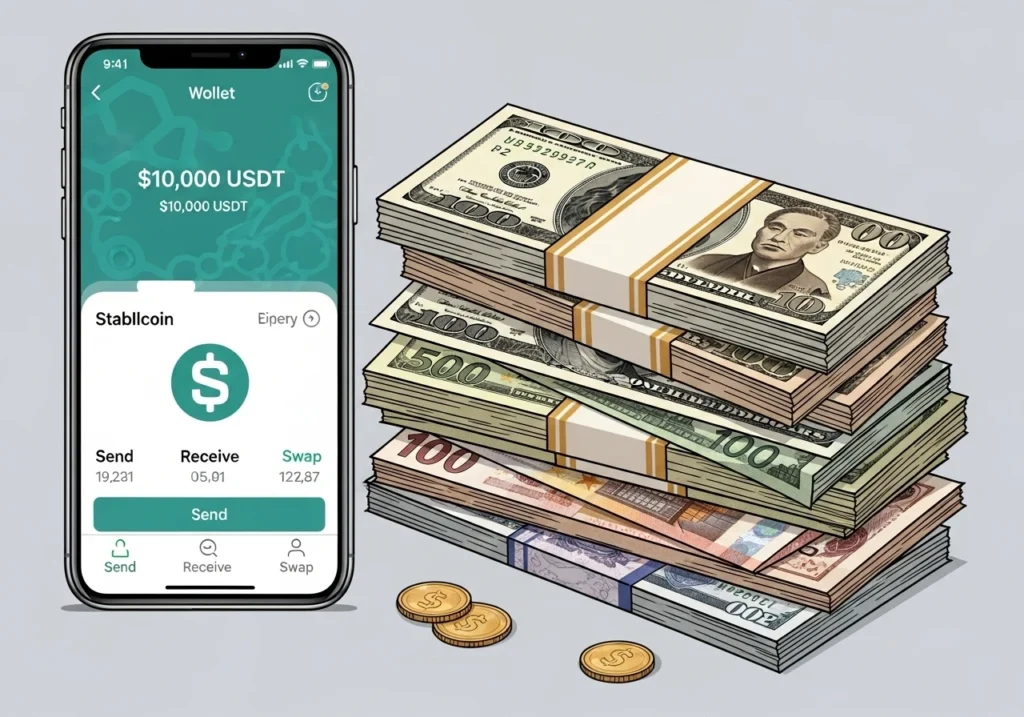
Stablecoins are digital coins designed to keep a steady price. Some are tied to the US dollar. Others follow baskets of currencies or goods. They can be run by companies, by groups of users, or even by software.
People like stablecoins because they move fast. Sending money overseas can happen in minutes. Fees can be lower than banks. For someone who needs a quick payment or a cheap remittance, that matters.
If stablecoins become the usual way to pay in many places, the role of fiat changes. That change can be small in some countries and huge in others. It depends on trust in local money, how fast banks adapt, and how governments regulate.
Why some people might prefer stablecoins
1. Speed and low cost
If you need to send money to family abroad, banks can charge fees and take days. A stablecoin can arrive quickly and cheaply. That makes life easier for many families.
2. Protection from local problems
In countries with high inflation or unstable banks, people look for ways to keep value safe. A stablecoin pegged to a stronger currency can be a shelter.
3. New financial services
Stablecoins work with code. That lets people use lending apps, automated savings, and instant swaps — sometimes without a bank account.
These benefits explain why stablecoins are popular in some communities. They are tools that meet real needs.
What stablecoins mean for governments and central banks
Governments use fiat to do many things. They collect taxes in it. They pay wages. They use it to control the economy through interest rates and money supply.
If many people switch to stablecoins:
- Central banks may lose power to set effective interest rates.
- Government revenue from issuing money (called seigniorage) can fall.
- Controlling inflation and reacting to crises may get harder.
- Financial stability can be affected if banks lose many deposits.
Some central banks are already responding. They explore digital versions of fiat called CBDCs (central bank digital currencies). A CBDC tries to give people the convenience of digital money while keeping public control.
Three possible futures
Nothing is set in stone. But we can imagine three likely paths.
Coexistence and managed change
Stablecoins and fiat sit side-by-side. Governments regulate stablecoins. Central banks offer CBDCs. People choose what suits them. This path keeps governments involved and allows innovation.
Local displacement
In countries with weak fiat, stablecoins tied to a stronger currency may dominate everyday use. Local central banks lose influence and tools for policy. This can be risky for national sovereignty.
Global stablecoin dominance
A few global stablecoins become widely used across borders. That could shift power toward the issuers. International payments could become faster, but national monetary policy would be weaker.
Which path happens depends on laws, technology, and public trust.
Real risks to watch
Concentration of power
If a few firms run the main stablecoins, they could gain outsized control over payments. That raises questions about fairness and market power.
Privacy and surveillance
Digital ledgers can record transactions. That helps fight fraud, but it can also let authorities or companies track spending. That trade-off matters for civil liberties.
Financial instability
Big moves into stablecoins could shrink bank deposits. Banks lend using deposits, so less money in banks could mean less lending and tighter credit.
Regulatory gaps
Different rules in different countries can create loopholes. That fragmentation can make the system fragile.
Benefits if handled well
Greater financial access
People without bank accounts can use digital wallets and stablecoins. That can bring more people into the financial system.
Faster commerce
Instant settlement helps small businesses and freelancers. Payments clear faster and cash flow improves.
Innovation for everyday people
Smart contracts and programmable money can automate things like subscriptions, insurance claims, and escrow — making life simpler.
If stablecoins are regulated and transparent, the upside is large.
What should governments do?
- Create clear rules. Make sure stablecoins are backed properly and audited.
- Issue or test CBDCs. Central banks can offer secure digital money alongside private stablecoins.
- Protect consumers. Require clear disclosures and safeguards.
- Work together internationally. Payments cross borders, so rules should too.
- Support banks to innovate. Help banks offer digital services so they remain part of the system.
These steps keep public interest in focus while letting new ideas grow.
Practical advice for people
- Check who issues a stablecoin. Is there a reserve backing it? Is the issuer transparent?
- Spread risk. Don’t keep all funds in one form.
- Use trusted platforms. Security and reputation matter.
- Stay informed. Rules for digital money can change fast.
If you use stablecoins, treat them like a new financial tool. Know the benefits and the limits.
Short examples from everyday life
- A small shop in Accra accepts a stablecoin. Tourists pay instantly. The shop saves on bank fees and gets paid faster.
- A family in the Philippines sends money home with a stablecoin app. The cost is lower and the funds arrive sooner.
- A startup in Berlin uses a stablecoin to pay remote contractors across several countries without converting currencies each time.
These small stories show how stablecoins can help real people.
Conclusion: will fiat die?
No single answer fits every place. Fiat is not likely to vanish overnight. It is backed by law, used by governments, and needed for taxes and public services. But stablecoins will change how people move money, especially across borders and where banks are weak.
The best result is not a battle between old and new. The best path blends them. Clear rules, smart public digital money, and private innovation can work together. That gives people choice, keeps governments capable, and opens new doors for commerce.
If you are a citizen, a small business owner, or an official, this shift matters. Learn the basics. Watch rules. Use trusted services. That way you benefit from faster, cheaper payments without exposing yourself to new risks.
Key takeaways
- Fiat is government-issued money; stablecoins are digital tokens that aim to hold steady value.
- Stablecoins speed up payments and reduce fees for cross-border transfers.
- Widespread stablecoin use can weaken central-bank control and affect banking.
- Risks include concentration, privacy loss, and financial instability.
- Regulated coexistence, with CBDCs and strong consumer protections, is the safest path.
FAQ
Q: Will stablecoins replace cash?
A: Not right away. Cash still plays many social and legal roles. Digital use will grow, but full replacement will take years and depends on policy and culture.
Q: Are stablecoins safer than banks?
A: Not always. Safety depends on reserves, audits, and regulation. Banks have long-standing protections; stablecoins need clear oversight to match that.
Q: Can governments ban stablecoins?
A: They can try, but bans often push innovation underground. Many experts favor regulation that protects users without stifling benefits.
Q: Should I convert my savings into a stablecoin?
A: Consider risks and diversify. Stablecoins are useful tools, but they are not identical to insured bank deposits.
Q: What is a CBDC and why does it matter?
A: A CBDC is a digital form of central-bank money. It offers digital convenience while preserving public control over the currency.

Hello, I’m Edmilson Dias, founder of CoinBringer. I created this platform to guide people through the fast-moving world of cryptocurrency with clarity and safety. With years of research in blockchain and digital security, my goal is to translate complex topics into practical knowledge, offering reliable tutorials, safety insights, and guidance for both newcomers and experienced users.
Discover more from CoinBringer
Subscribe to get the latest posts sent to your email.

